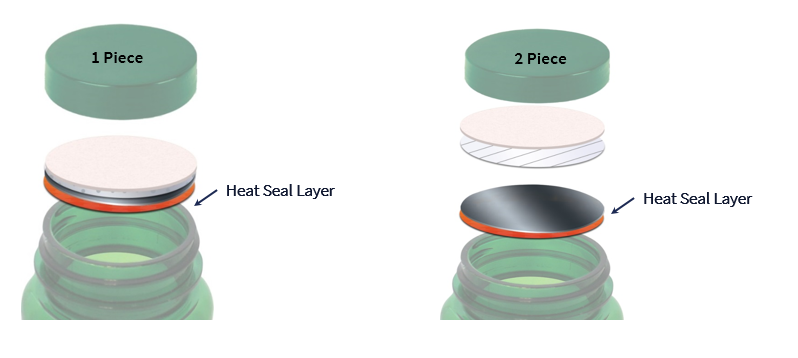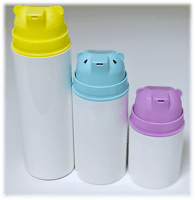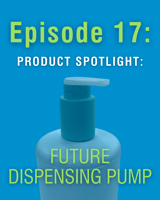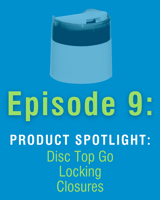Kaufman Container is excited to introduce our line of Baby Bear Airless Pumps!
What are Induction Liners?
Episode 22: What are Induction Liners?
This episode of Coffee with Kaufman presented by Selig Group covers Induction Liners. We'll discuss what induction liners are primarily used for and some of the benefits.

*All this information was provided to you by Selig Group in partnership with Kaufman Container. All images are proprietary of Selig Group and are not be shared or repurposed. To learn more about induction liners, you visit their website.*
Induction Liners were originally used to prevent liquid leaks but can also help in the following areas:
- Shelf-Life Extension
- Tamper-Evidence
- Prevent Contamination
- Sealing in the Factor Freshness
- Brand Protection

Understanding the induction process is very important when choosing an induction liner. There are 3 big factors to understand: Pressure, Heat & Time. The Pressure between the liner and container land area is controlled by capping equipment. The Heat is what helps soften and melt the heat seal surface of the liner. The Time the foil is exposed to the induction heating process controlled bu the speed of the conveyor.
Kaufman Container offers both one piece and two piece induction liners. One piece induction liners hermetically seal the container and fully transfer without a reseal liner left in the closure. Common uses for one piece induction liners include: single serve packages, peanut butter and orange juice.
Two piece induction liners hermetically seal the container with a foil combination and a separating backing that stays in the closure for reseal. The reseal liner helps prevent leaks while reducing oxygen and moisture. Common uses for two piece induction liners include pharmaceutical OTC drugs and various chemicals.

It's very important to realize that induction liner heat seal layers are dependent on the container material it needs to bond to. For example, a Polyester (PET) heat seal liner should be matched with a PET bottle resin.
Another factor to understand before choosing an induction liner are your product's ingredients. Ingredients can be aggressive or inert and will affect your liner in different ways. Inert contents such as some foods, beverages and dry products should work with most induction liners. However, aggressive contents such as chemicals, high acids and pharmaceuticals require an additional barrier layer in the liner.
If you are interested in learning more, visit our Induction Liners 101 page in our Kaufman Container College section.




